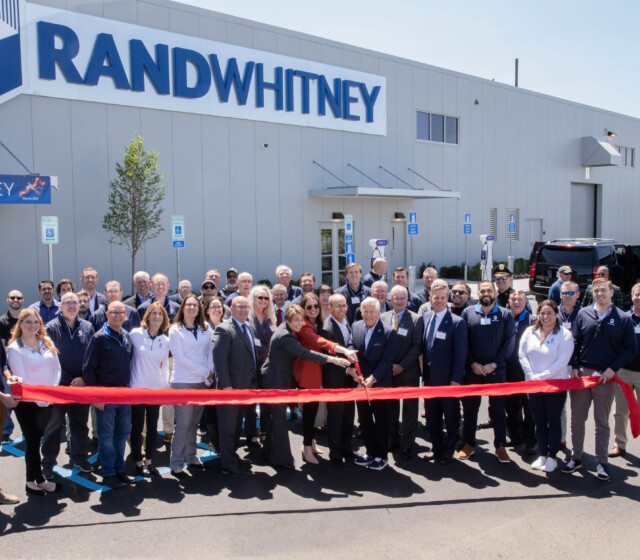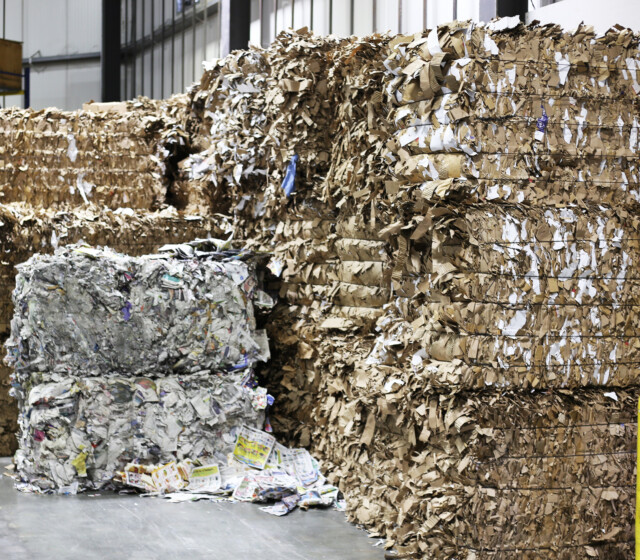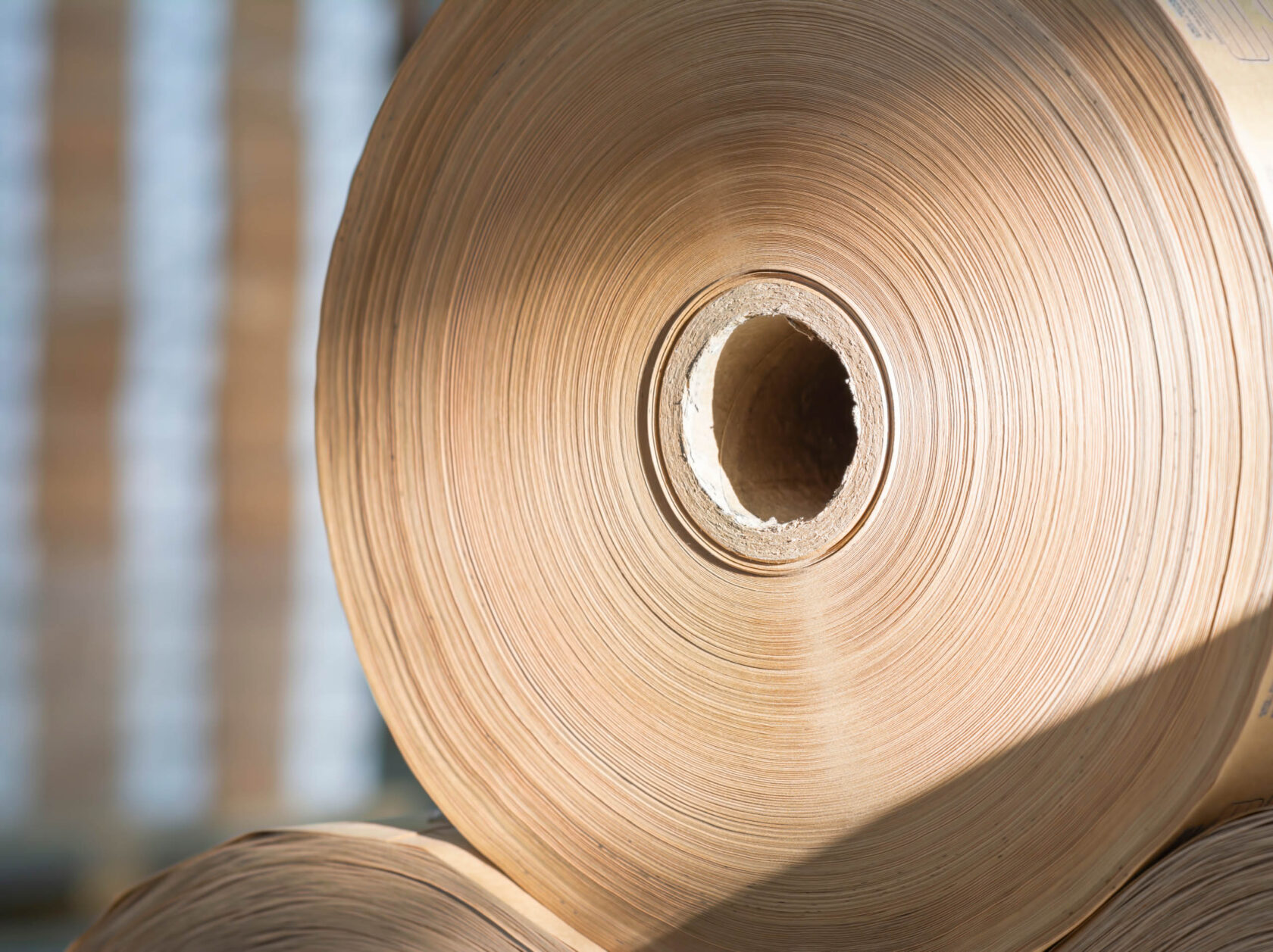
How Paper is Made
All corrugated packaging has one thing in common; it’s made from paper. Quality paper is the foundation that packaging stands on. We’ve all eCommerce packages in horrible condition. More often than not that’s because it is soft, poor quality paper. We pride ourselves in using nothing but the best. The majority of the paper we use is manufactured directly at one of our own paper mills. This vertical integration gives us direct control over the supply we use, guaranteeing quality material in our customer packaging.
Straight from the Source
There are two separate types of paper mills. They are categorized by the source of material they use in production. These are Virgin Paper Mills and Recycled Paper mills. Rand-Whitney uses mainly recycled liner in our packaging, but we have access to both through our mill system.
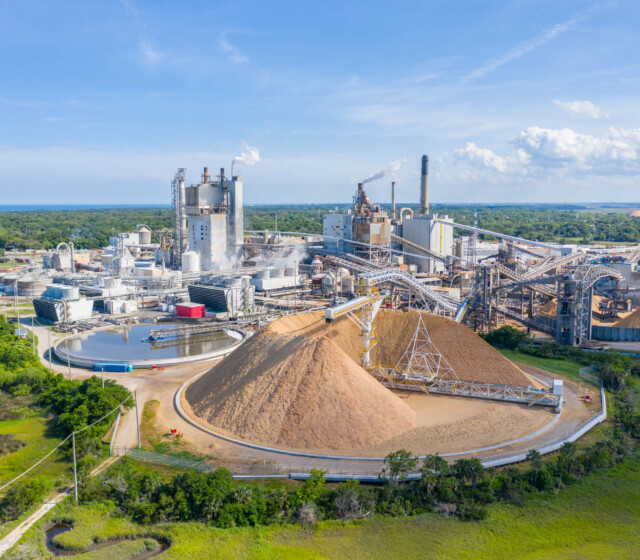
Virgin Linerboard
Virgin paper is manufactured using fiber from freshly harvested trees. The most common tree used is the southern yellow pine. Commonly found (you guessed it) in the southeastern United States. The tree is a soft wood. You wouldn’t think a soft wood would make for sturdy packaging, however, they have longer fibers than hardwood trees. These long fibers interlock better, making for stronger paper.
The first step in the process is removing the bark from the logs. After the bark is removed, the wood is put through a chipper and broken down into small pieces. These small pieces are cooked using a chemical mixture to break down lignin, the natural adhesive in the wood. What’s left is pulp slurry that can be used to manufacture paper.
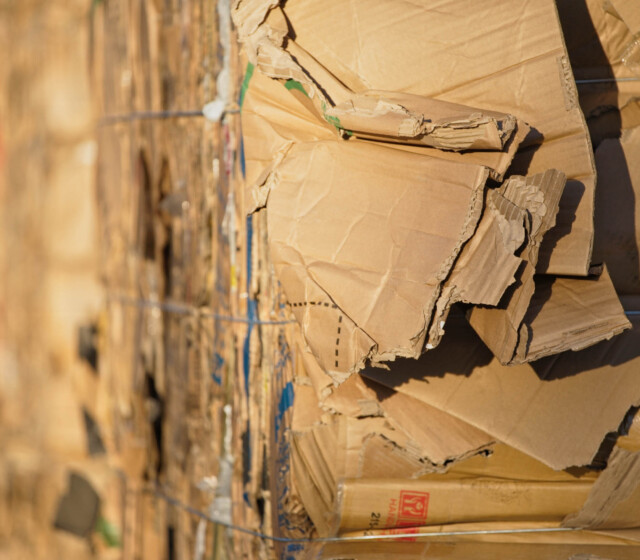
Recycled Linerboard
Recycled paper is manufactured using Old Corrugated Containers (OCC) to create pulp. Recycling centers collect OCC from curbside recycling programs and big box users such as distribution centers. The OCC is then cleaned of all outside contaminants like staples and plastics. The paper is shredded, then mixed with water and chemicals to further break it down into a pulp slurry. This slurry is passed through a final set of screens to give it one last cleaning.
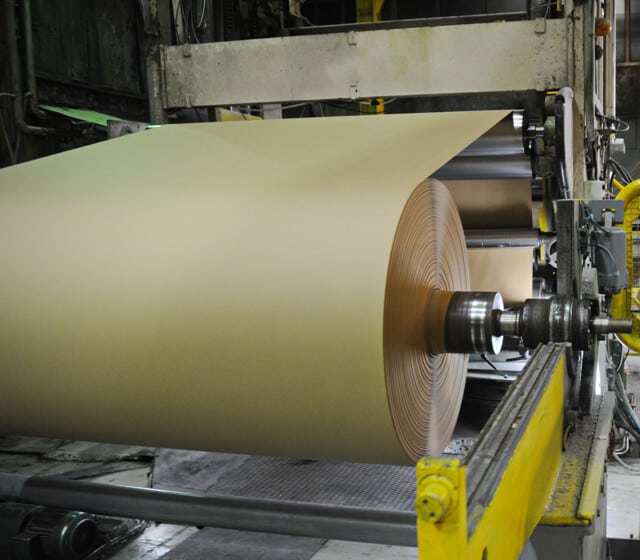
Our Paper Mills
We have built a network of paper mills across the United States to produce consistently quality paper and give our converting plants steady access to this supply. This video shows one of our recycled paper mills in California.
How Paper is Made
From Raw Material to Finished Product: The Art of Paper Manufacturing.
1) Where it Starts
Debarked logs are chipped and cooked into a mixture, or OCC is collected and recycled.
2) Laying the Foundation
Headbox sprays pulp onto the mesh for precise fiber placement control.
3) Vacuum Moisture Reduction
Vacuums extract water, significantly reducing content from 99% to 75% moisture.
4) Roller Moisture Reduction
Rollers squeeze, increasing paper strength, while simultaneously reducing water content to 50%.
5) Heated Cylinder Moisture Reduction
Steam-heated cylinders effectively lower moisture content to as low as 7%.
6) Finishing Process
Paper is wound on the master reel, then divided into smaller rolls for distribution, up to 8 in total.
What’s the Difference?
Environmental Impact
Sustainable Process
Corrugated production is a very sustainable process, but recycled paper is often thought of as the more sustainable approach. This comes down to three main factors: energy use, natural resource conservation, and impact on landfills. In the production process, virgin paper needs more energy to produce. This is due to the added steps of debarking and additional power it takes to break down wood vs. paper. However, the industry cannot be only one or the other without running out of supply.
Forest Management
Virgin paper requires harvesting trees. However, paper companies are some of the most steadfast champions of forest management. A great deal of emphasis is placed on avoiding old growth forests and natural water supplies. Farmed areas are often rotated so no single location is disproportionately affected. Trees are one of the only true renewable resources we have, as long as they are used responsibly.
Saving OCC from Landfills
Recycled papers’ main benefit is that it helps keep OCC out of landfills. Landfills are filling up at an astonishing pace. Roughly 150 million tons of municipal stream waste goes into landfills annually in the United States. Thankfully, corrugated packaging is recycled at a rate of 92%. Our mill system helps convert this OCC back into recycled linerboard and medium.
Quality and Characteristics
Both recycled and virgin paper are able to maintain high levels of strength. However, virgin paper often requires less fiber to reach the same level of strength. Virgin paper is commonly used in retail settings. This is due to the fact that it has a smoother finish making it better for printing than recycled paper.
Have a Question?
Our experts are here to help.
